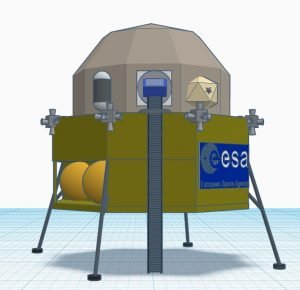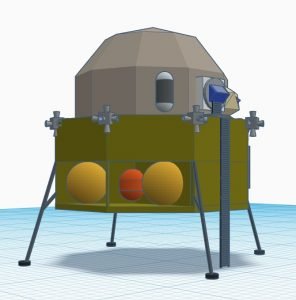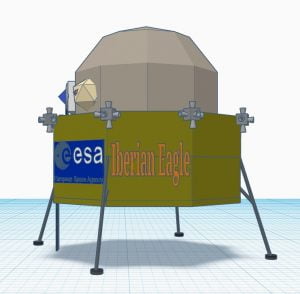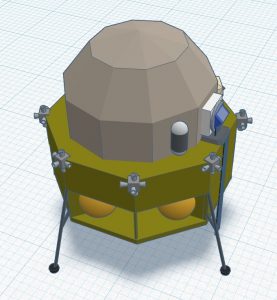Registrations are closed
In the future, to enable astronauts to stay on the Moon for long periods of time, new infrastructures must be developed to overcome important challenges. Such challenges include protection from radiation and meteorites, energy production, the extraction and recycling of water, food production and much more. The Moon Camp Challenge invites students to explore the Moon and decode some of the complexities future astronauts may face.
In Moon Camp Discovery each team’s mission is to 3D design only one component of a Moon Camp using Tinkercad. Teams can choose to design a:
– Lunar lander
– Moon Base
– Lunar rover
– Rocket
– Lunar Orbital Space Station
The design should be adapted to the Moon environment and if possible consider the use of local resources, provide protection and/or living and working facilities for the astronauts.
Moon Camp Discovery is a non-competitive mission for beginners. All teams that submit an entry that complies with the guidelines will receive a participation certificate and their project will be shared on the Moon Camp online platform.
Who can participate?
Participation is open worldwide to students aged up to 19 years old. Moon Camp Discovery is recommended for students aged 6 to 14 years old. Participating students must be supported by a teacher, educator or parent.
Discovery Projects Gallery 2020-2021
Below you can find some of the Moon Camp Discovery projects. For more projects visit the Moon Camp Discovery project gallery.
Team: Miguel Gómez Díaz
Madrid Spain Category: Lunar lander
External link for Tinkercad 3D design
This model of a Lunar lander has an octogonal base where we can see the fuel and oxidizer tanks. We can also see some RCS thrusters for steering the craft. Some additional details include the ESA flag as well as the name of the proyect. On top of the base there is a command capsule where the astronauts are located. There is also an opening with a ladder running down the entire lander for them to be able to get to the lunar surface. I have named the Lunar lander “Iberian Eagle” because it represents the power and velocity of the vehicle.




















